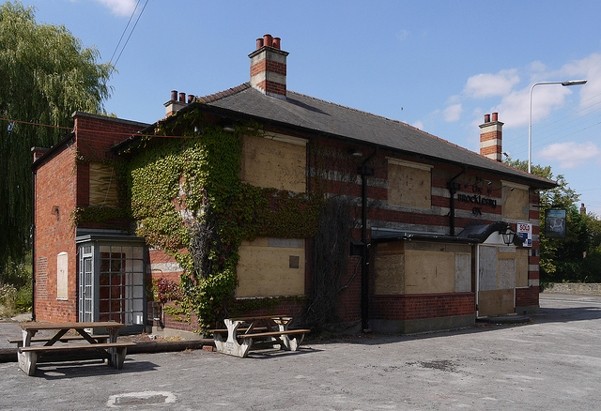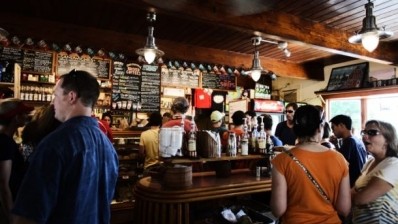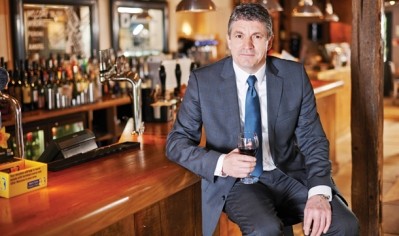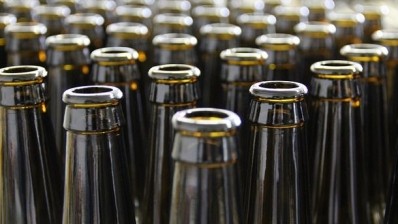Wet-led and community pubs decline as whole pub sector contracts 2.6%

The Monitor said that there are now more restaurants with licences in Great Britain than drink-led ‘community locals’ – 27,500 against 26,700.
The number of pubs and bars overall fell by 2.6% over the year to just above 53,000 – and other analysis from CGA Peach showed that pubs that have closed were more dependent on alcohol, and in particular, beer sales, than the average.
Expansion of restaurants
While the pub market appears to be on the slide, the UK’s eating and drinking out market saw a net 1,770 new restaurants open in the last 12 months, and there was a 6.9% growth in restaurant sites in the 12 months to June, reflecting the continuing shift in consumer preferences towards eating-out occasions.
Branded food pubs saw a 9% growth in numbers to c2,400 over the year, with the bulk of the overall growth in restaurants coming from the, largely branded, chain restaurant market.
Over the last year total numbers of licensed premises increased slightly by a net 965 to just over 124,000, driven largely by the expansion in restaurants. In the previous five years, numbers had fallen by over 8,000.
Urban areas
Urban areas are the main focus for the new growth, seeing a 2.9% uplift in licensed premises in the year to June, with food-led sites, including restaurants and pubs, increasing 5.9%, while the numbers of drink-led businesses remained largely static.
While central London saw the most new openings last year in number terms – up by over 100 – other cities are overtaking it in terms of rate of growth for both restaurants and bars. Food-led openings climbed 6.9% over the past 12 months.
While central London saw a 3.3% increase in licences – and Manchester witnessed a 3.7% jump – others like Glasgow, Newcastle, Leeds, Cardiff, Bristol and Birmingham are outstripping both with growth rates of around 5% or above. In the last 12 months, Birmingham even saw a 5.5% increase in bars and other drink-led operations in its centre.
The North West and Wales were the regions to see overall declines, but then only marginally, both down 0.1% on the year before. Again, the expansion of eating-out venues off set the decline in alcohol-led sites – and all regions saw a drop in drinking establishments.
Premiumisation
City centres, however, are the real hot-bed of competition – where the premiumisation of the drinks market has also led to a net increase in bars and other drink-led operations opening up, in contrast with what has been happening elsewhere in the country.
Paul Hemming, managing director at AlixPartners, said: “The reality of today’s eating-out market is that, beyond the M25, there are more expansion opportunities for the leading branded operators, as shown by the presence of cities such as Leicester, York and Sheffield in the top 10 growth towns.
“The proliferation of branded eating-out concepts to relatively new destinations, and its obvious implications for the independent operator cohort, is a picture that chimes with what we hear in the marketplace anecdotally, through the businesses with which we work.
“It is clear that the desire for quality food and bar offerings has spread across the country. Many of our clients are taking advantage of this new market and are finding the combination of strong demand and (typically) lower rent is delivering highly attractive ROI.
“The reality of the move to food is borne out in the CGA Peach data which shows that today in Britain, for the first time, the number of licensed restaurants outstrips the number of drink-led community pubs – a switch that occurred earlier in 2015. How times have changed.”






